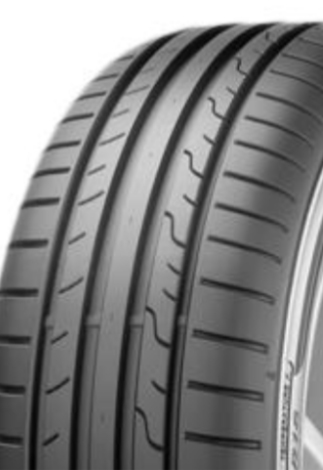Replacing
road tyres after 10 years is surely wise and part of maintaining a
car in a roadworthy condition?
Andy Goves says "a tragic incident with loss of life. The age
of the tyres must have been a factor leading to the blowout and underpins
our concerns, aired on the V8 Register website, about classic cars
with old (in some cases the original) tyres". More
How old can tyres be before it is wise to change them?
Over time the suppleness of the rubber reduces so that by around 7
to 8 years old the ageing effect on the rubber will have reduced the
flexibility of the rubber to something that begins to have characteristics
similar to that of wood with consequent adverse effects on handling
and ride. More
How to read the tyre wall age markings? More
Posted:
190301 |
 |
BBC
News online reports "a motorway crash that led to the
deaths of five people could not have been "reasonably"
avoided, an inquest heard. The driver of the converted horsebox
that veered off course after a tyre blowout could not have done
anything differently, an investigator said. Avon Coroner's Court
heard there was no legislation requiring a tyre to be replaced
at a certain age and its poor condition would not have been
obvious. Report
The crash happened on 16th September 2017, when a tyre blowout
caused the adapted Mercedes 1820 box van, to steer to the right
and crash through the central reservation barrier. It collided
with two cars travelling in the opposite direction on the M5
between junctions 14 near Falfield and 15 near Almondsbury.
Forensic collision investigator PC Sharon Little told the inquest
the vehicle was "found to have no significant defects before
the collision that could have been considered dangerous".
She said: "the great age of the tyres was a significant
factor in how the tyre burst. There was nothing readily
apparent that the tyre was close to bursting. It was not possible
for the driver to realise there was a problem that day. The
driver could not have done anything to avoid the tyre blowout
or the steering". She added "the tyre was 18-and-a-quarter
years old and had suffered structural deterioration because
of ageing" and she "was mindful to make a report
that could have influenced future legislation on tyre conditions,
but said she was reassured "steps are being taken"
following evidence from a Government representative"
". |
|
Comment -
In this case we don't have the facts as to what was the cause
of the tyre blowout - was it a consequence of prior physical
damage to the tyre wall from driving over a rough edge or
kerb? But the forensic collision investigator did note tyre
age was a factor in the tyre burst so deterioration of the
tyre wall structure because of age may have been one of those
factors. In the case above the tyres were reported to be over
18 years old. But to meet the legal requirement in the UK
a keeper of a vehicle must maintain the vehicle in a roadworthy
condition, and insurance policies will have a similar condition,
so replacing road tyres after 7 to 8 years and certainly
by 10 years old is both wise and a responsible way to maintain
a vehicle in a roadworthy condition.
|
|



